*During the weekend of Nov. 29-30, the Steelers will celebrate the 40th anniversary of Super Bowl IX in conjunction with their game against the New Orleans Saints at Heinz Field. In Super Bowl IX, which was played at Tulane Stadium in New Orleans, the Steelers won the first championship in franchise history by defeating the Minnesota Vikings, 16-6. Throughout this week, Steelers.com will be focusing on that championship team.
*Through the magic of time it has come to be remembered as a smooth ride to a championship, and therefore the start of a smooth ride to greatness as well. But in fact, 1974 was a trying year for the Pittsburgh Steelers, a season pockmarked by injuries and a persistent quarterback controversy that could have divided the team and sabotaged the legacy they were just beginning to create.
The problems started with a players' strike that upset the normalcy of training camp all across the NFL, and for the Steelers that meant veteran quarterbacks Terry Bradshaw and Terry Hanratty stayed away while third-year pro Joe Gilliam reported. Coming from Tennessee State and being third on the three-man depth chart at quarterback, Gilliam didn't believe he had the status to miss any opportunity to impress Chuck Noll, and there is no argument that he was impressive that summer. Gilliam quarterbacked the Steelers to a 6-0 preseason record, and Noll's decision on a starting quarterback for the regular season opener became simple when Bradshaw missed two weeks with an injury once the strike ended midway through training camp.
The players' strike may have been settled, but the same could not be said about the all-important quarterback position for the 1974 Pittsburgh Steelers. The offense would wander about aimlessly through most of the regular season as a result.
With the arrival of Franco Harris in 1972, the Steelers offense had been built around his somewhat unique skill set. A big back, Harris complemented his size with quick feet and a burst that often surprised defenders not used to dealing with such speed from a 230-pound fullback. But things changed with Gilliam under center. Noll allowed his quarterbacks to call their own plays, and Gilliam was fond of selecting those that allowed him to exercise his powerful right arm.
In a 30-0 rout of the Baltimore Colts in the opener, Gilliam completed 17-of-31 for 257 yards; the next week he was 31-for-50 for 348 yards in a 35-35 tie with the Broncos in Denver. These were impressive passing statistics for the era, but the Steelers fell to 1-1-1 when they were shut out, 17-0, by the Oakland Raiders at Three Rivers Stadium in a game that had the fans turn ugly.
Chanting, "We want Bradshaw … we want Bradshaw," throughout a game in which Gilliam was 8-for-31 with two interceptions, Steelers fans drew a biting rebuke from Noll following this bitter defeat against an intense rival.
"We played in Oakland today," said Noll, coming to the aid of his starting quarterback, but then during the week leading up to the next game, Noll also said, "We have to run the football more and better than we have." His decree signaled the beginning of the end of an offensive emphasis that contradicted the personality of this particular Steelers team, and in trying to get his offense where he wanted it, Noll would perpetuate the quarterback controversy that already had grown roots.
With this renewed emphasis on the running attack came the reality of an ankle injury to Harris that would sideline him for the next two games. But Gilliam dutifully called more running plays, and Preston Pearson rushed for 117 yards in a key win over Houston. The defense took care of business the next week in Kansas City, and then Harris returned to contribute 81 rushing yards in the game against the Cleveland Browns at Three Rivers Stadium. He followed that with 141 in a TKO of Atlanta the next week. The Steelers were 5-1-1 at the midway point of the season, and the winning had calmed the waters considerably.
In assessing the Steelers at halftime of the 1974 season, there were plenty of positives, primarily a defense that was AVERAGING four sacks a game and was among the league leaders in takeaways, but the quarterbacks continued to be erratic, and the fans grew more impatient with every incomplete pass. They were not shy about voicing their impatience, either.
"We didn't get a great deal of help (from the fans)," said Noll after one win in Pittsburgh. "We're better off playing on the road, I think."
Noll had pulled Gilliam and replaced him with Bradshaw against the Falcons, but a couple of games later, at 6-2-1 and looking at a trip to Cleveland for a crucial AFC Central Division game against the Browns, Noll switched up again and started Hanratty. "I'll be OK as soon as I learn where to put my hands for the snap," cracked Hanratty, who seemed surprised to be chosen to start. Meanwhile, a healthy Bradshaw seethed at the demotion, "Maybe I let the air out of Chuck's tires."
But despite the sniping and the fact Hanratty completed just 2-of-15 with three interceptions, the defense was at its marauding best to help the Steelers get to 7-2-1 by posting their first win in Cleveland since 1964, 26-16. Four sacks and six takeaways – one of which was a Joe Greene fumble recovery/lateral to J.T. Thomas, who ran for the deciding touchdown – propelled the Steelers to a victory almost sweet enough to take the attention away from the quarterbacks.
Still, the quarterback thing would not die. Noll had seen enough of Hanratty after that one game in Cleveland and went back to Bradshaw, but the offensive emphasis now was on Harris, who had been joined in the lineup by blocking back Rocky Bleier. Meanwhile, an already great defense was tinkering with a wrinkle in the alignment of the defensive line that would torture offenses for years to come.
A win over the Saints was followed by a loss at home to the Houston Oilers that came extremely close to fracturing the locker room, a loss and an aftermath that nearly moved Joe Greene to end his own career.
Joe Greene talked about that more than 30 years later: "I remember when we lost to Houston in late November, and we got beat up pretty good on our home field. I was despondent about it. It was two years removed from the Immaculate Reception and when we lost the 1972 AFC Championship Game, and then we lost in the first round of the playoffs in 1973. I wanted to be like the Miami Dolphins and the people who were winning.
"I'll never forget: on the Monday night game after we lost to the Oilers, it was the Dolphins vs. the Cincinnati Bengals. I watched the whole game. I watched the Dolphins methodically kill them – run the ball, pass the ball, no mistakes, do the things you were coached to do, no penalties. I thought, 'That's what I want us to be like.' I came in for our team meeting on Tuesday, and I didn't really like what I was hearing in the locker room, so I went and cleaned out my locker and walked to my car, which was parked out front.
"As I was walking out of the stadium with all of my stuff, I realized I was doing it, but I really didn't want to do it. (Wide receivers coach) Lionel Taylor saw me. He must have realized what was happening, and he came and just sat in my car with me. We talked, and I got it all off my chest in terms of how I thought we should play and how we were just not doing things the right way, in my mind. It was probably a lot of ranting and raving, but Lionel talked me into coming back.
"I was happy he did that. I knew I was going to leave, but I didn't want to. I didn't tell anybody I was going to leave; I just did it. When I came back in there, my resolve was more entrenched, and what it manifested itself into was a renewed vigor in practice. What I still recall about that time was how we practiced. Then it just flowed over into the ballgames."
Spurred by this renewed vigor from their best player, the defense rose up in New England, and the Steelers' 21-17 win there clinched the AFC Central Division title with one week left in the regular season. At the core of that win over the Patriots was the new wrinkle in the Steelers' defensive alignment, which would come to be called the Stunt 4-3. What had begun as an experiment confined to Thursdays on the practice field had evolved into something the Steelers used 23 times in 60 snaps against the Patriots.
The Stunt 4-3 put Greene directly over the center but in a stance at a 45-degree angle. Sometimes it used Ernie Holmes that way. Sometimes offensive linemen would swear both Holmes and Greene were coming at them at angles. "It started out as a pass technique," said Noll, "but we found out it really screws up the offensive blocking. It's an aggressive defensive play because our front four isn't sitting and reading the offense. Instead, they're the ones making things happen."
Photos of Super Bowl IX. The Pittsburgh Steelers defeated the Minnesota Vikings 16-6 to capture the team's first Super Bowl victory in New Orleans' Tulane Stadium.
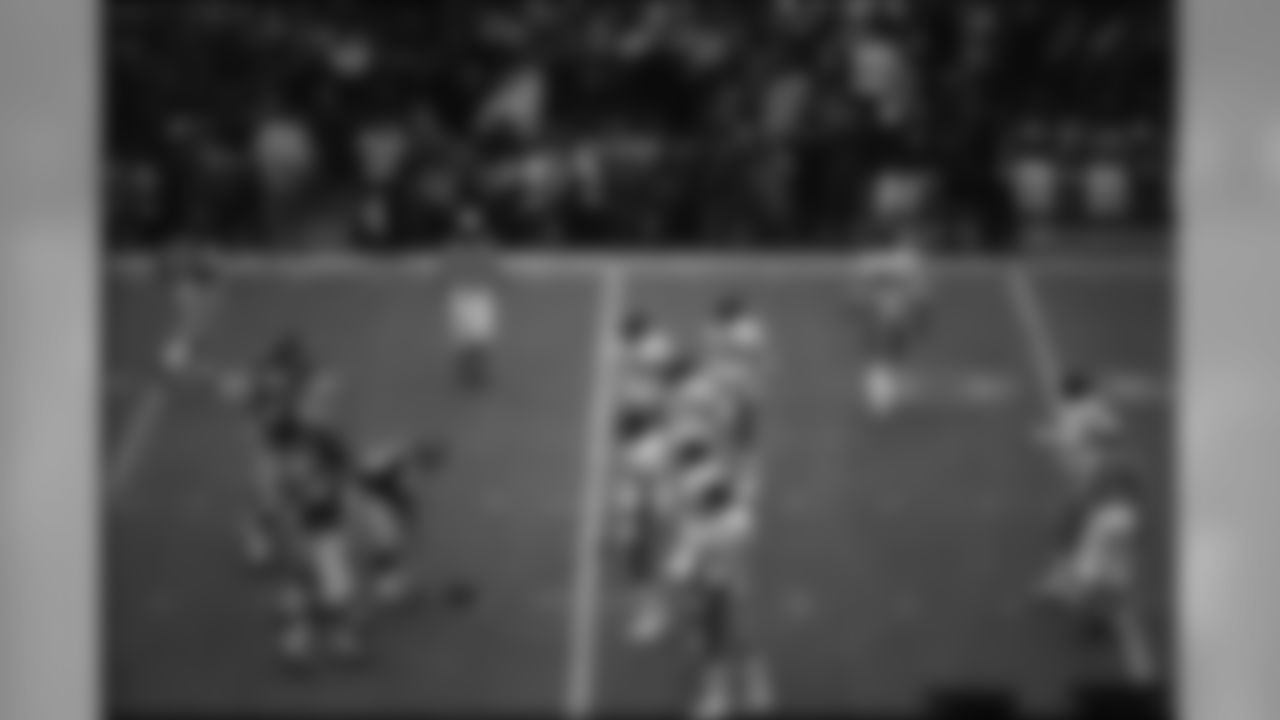
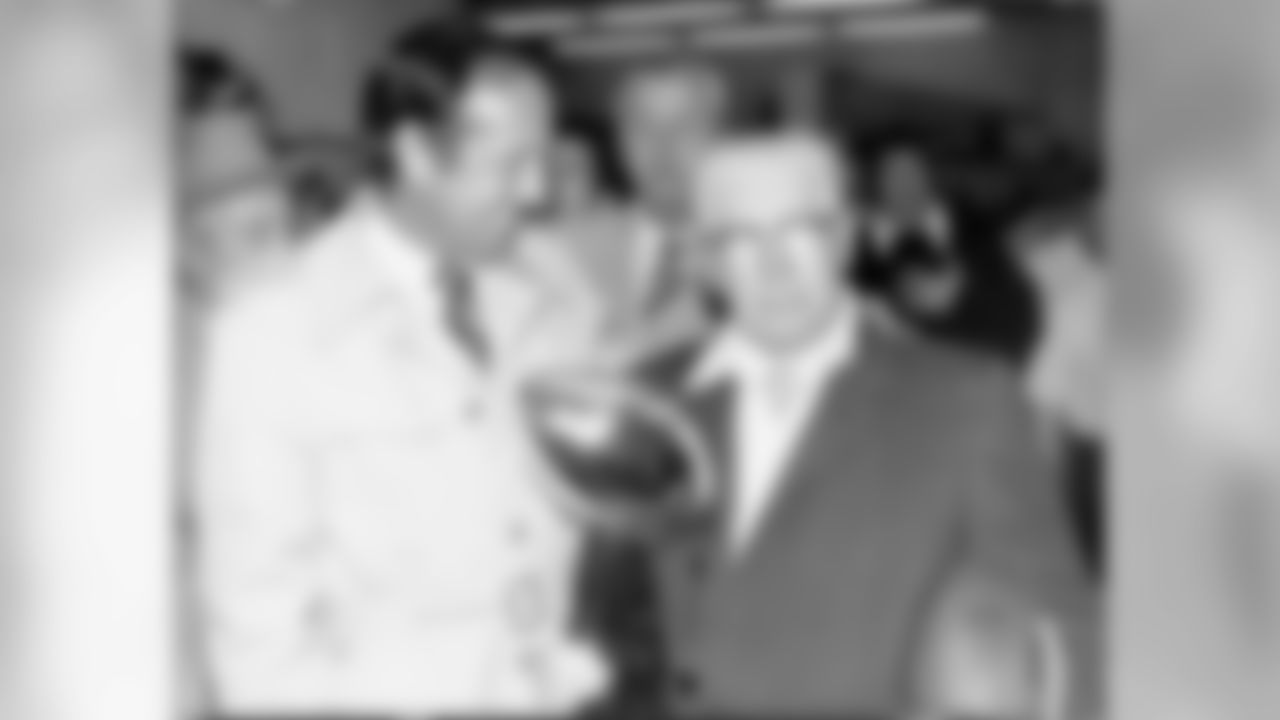
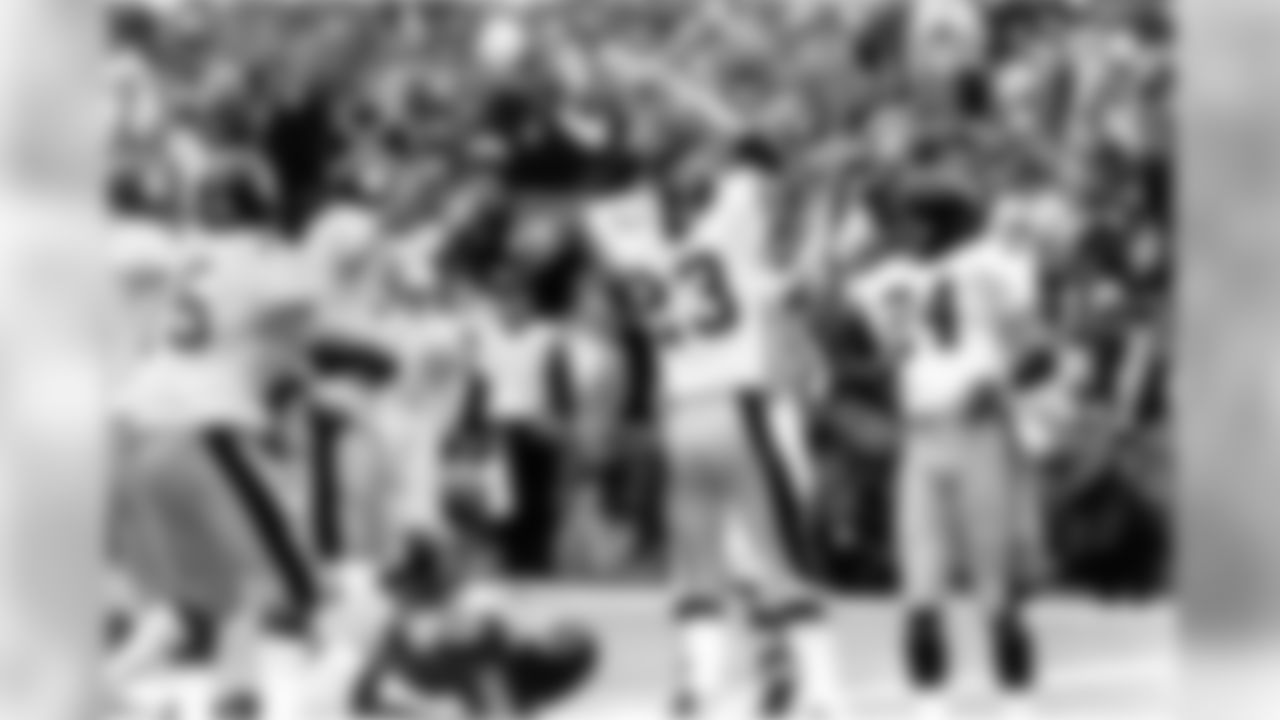
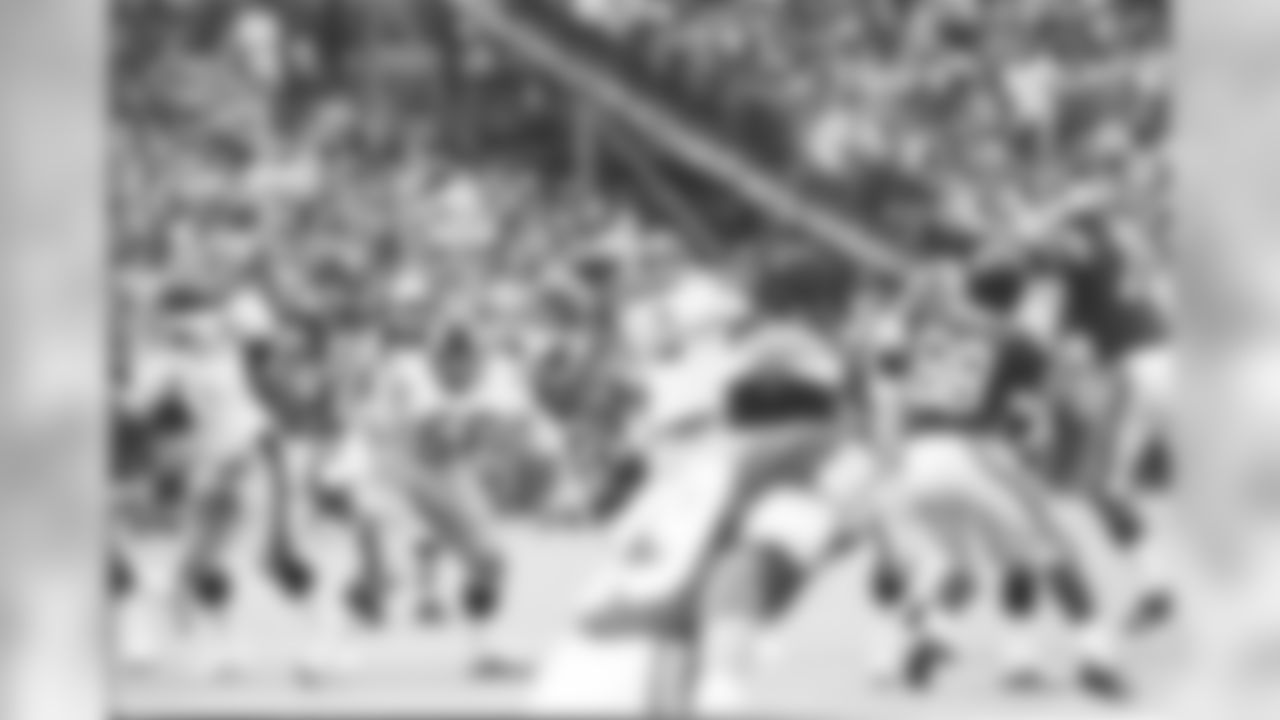
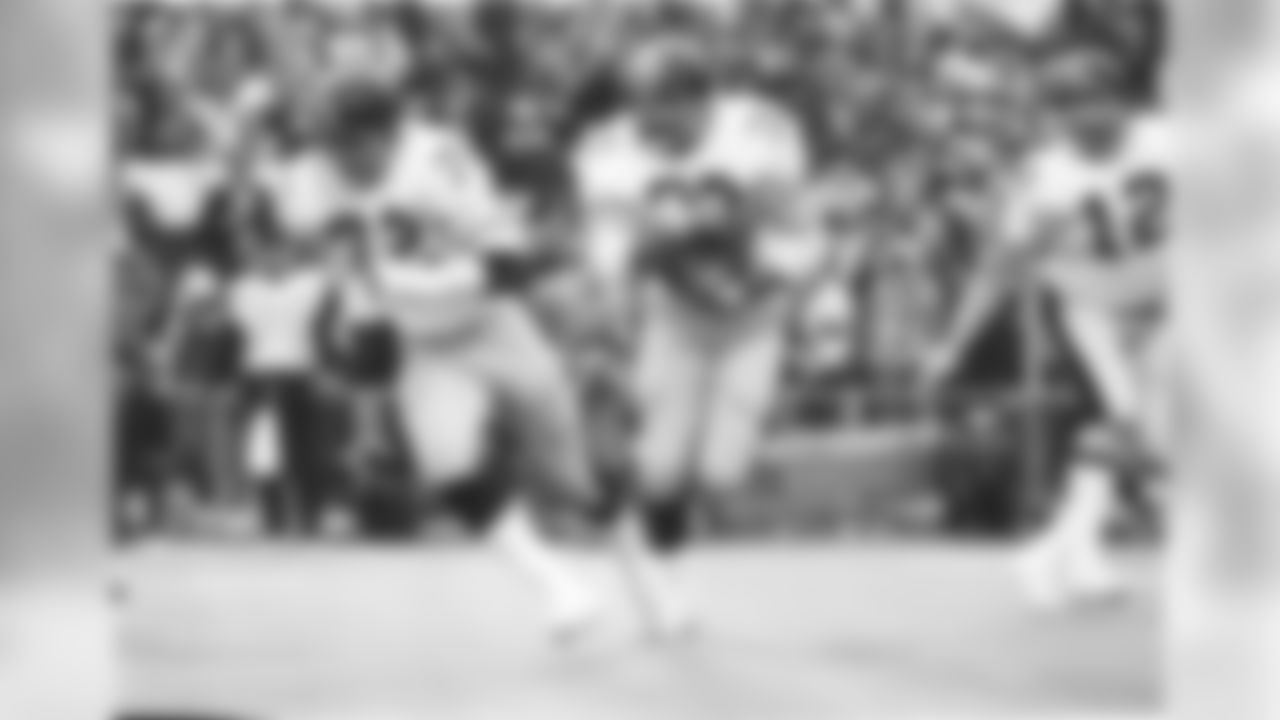

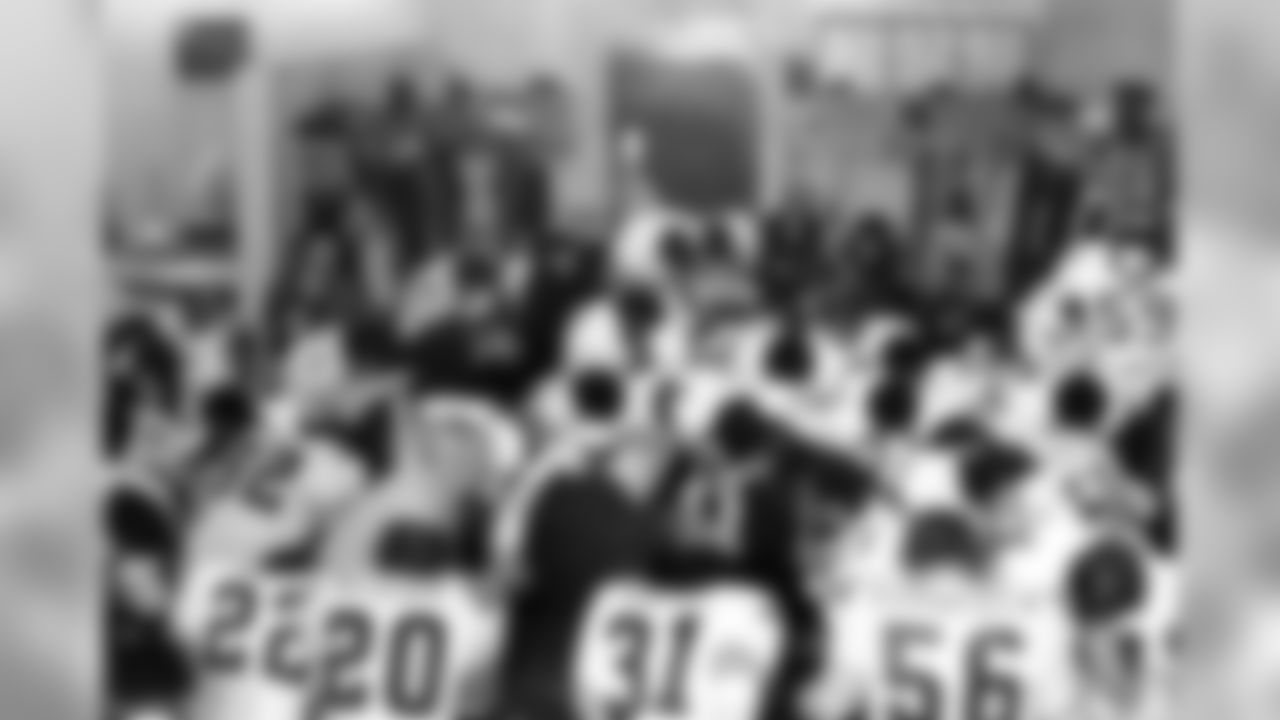
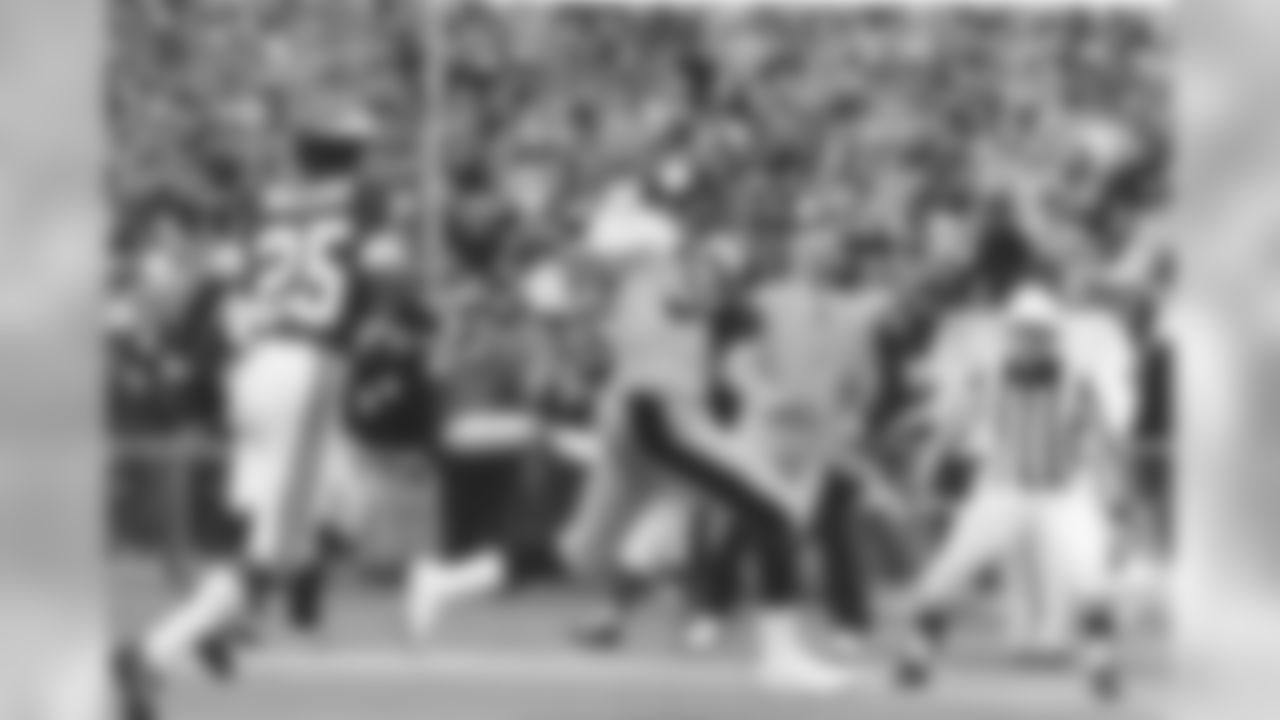
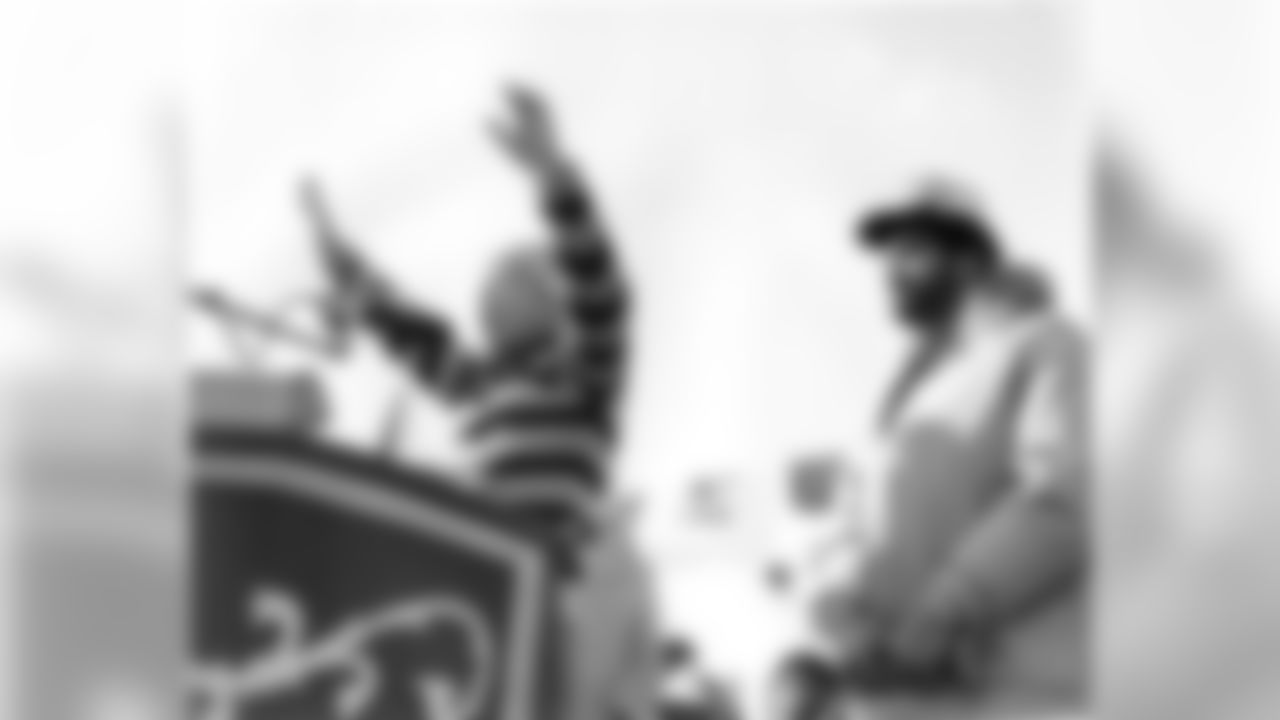
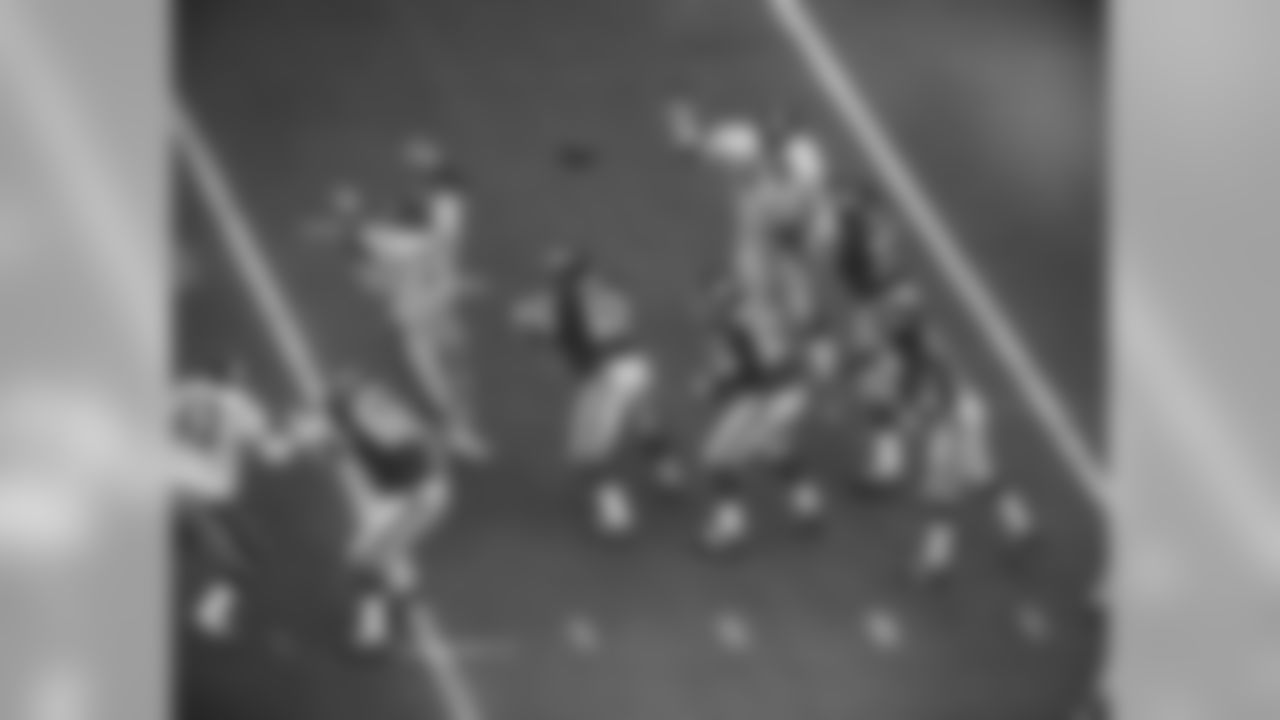
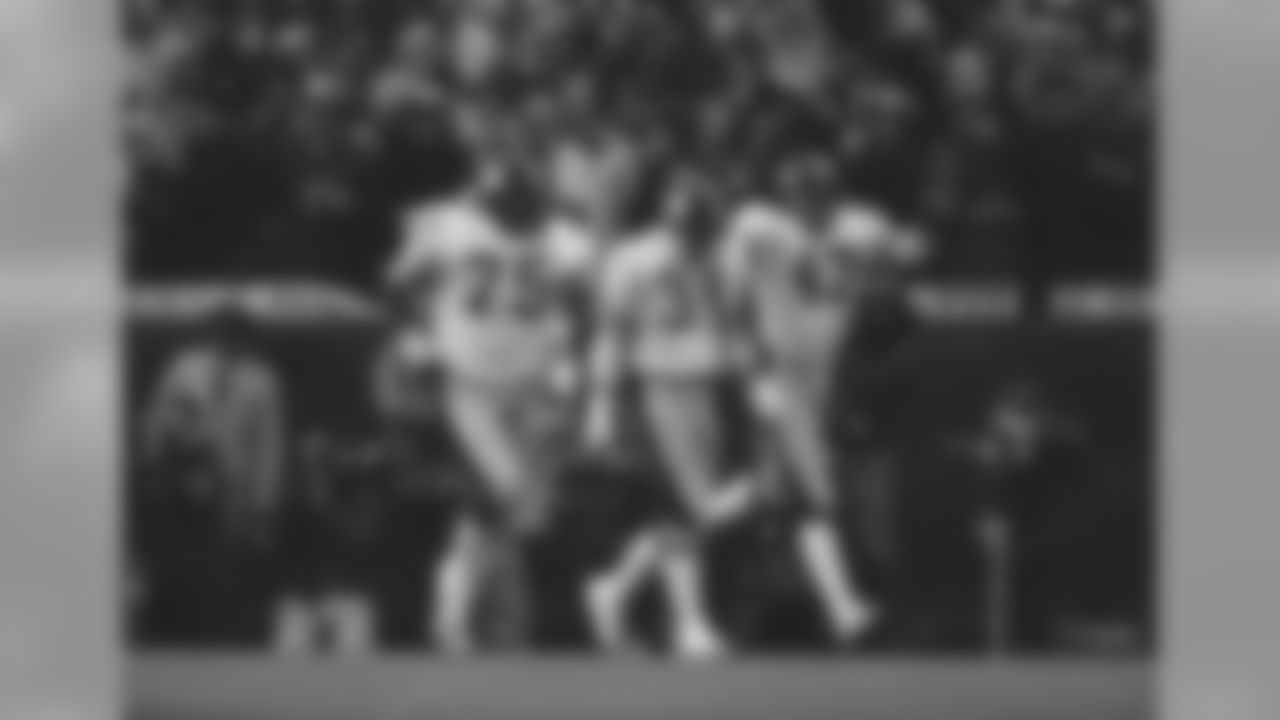
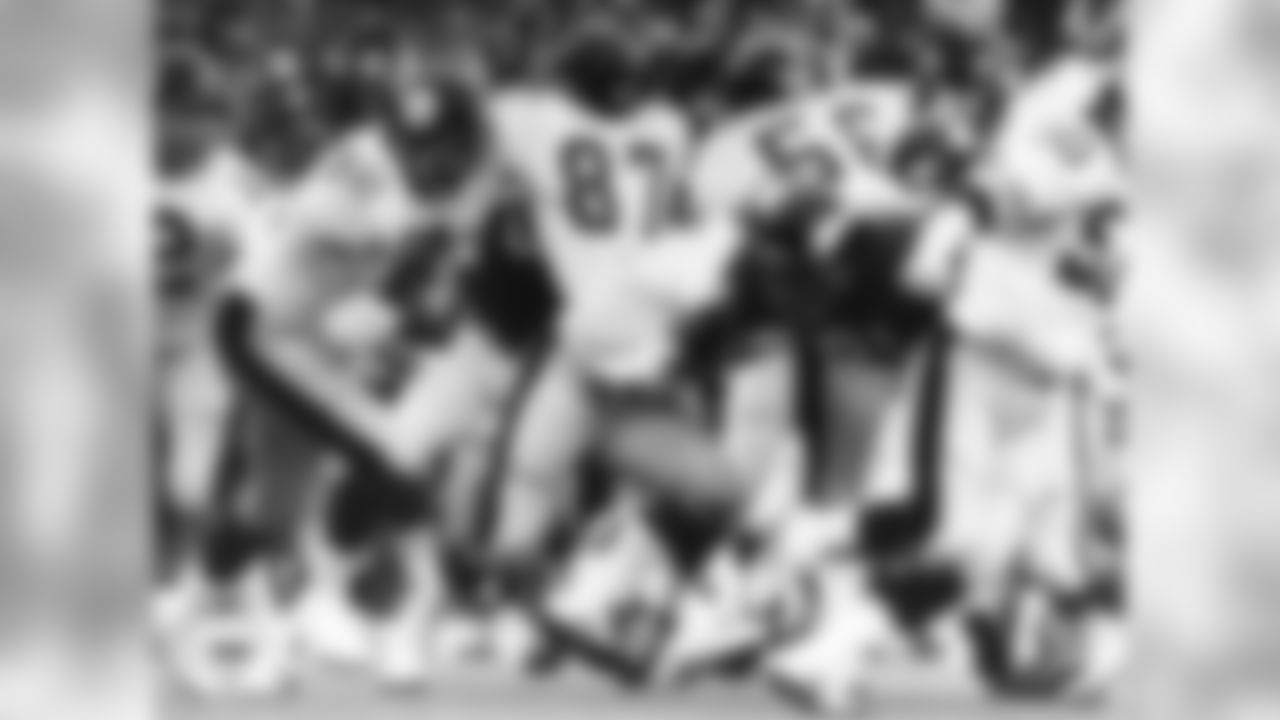
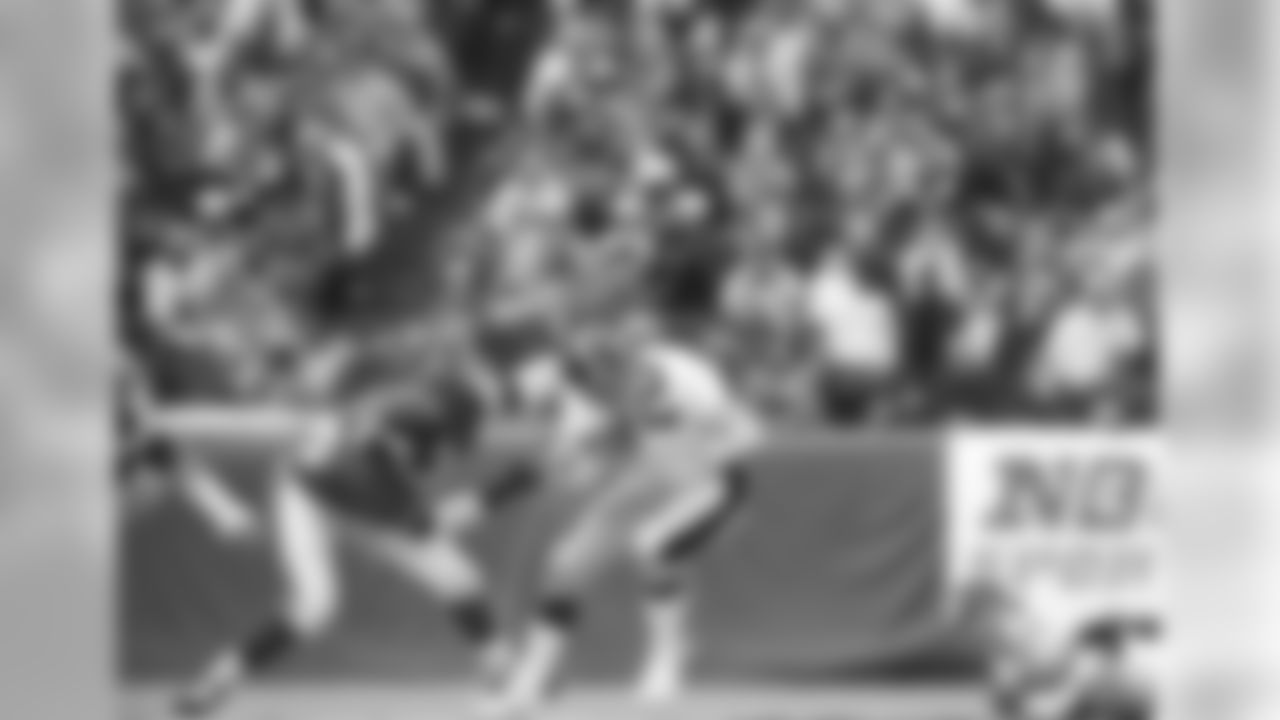
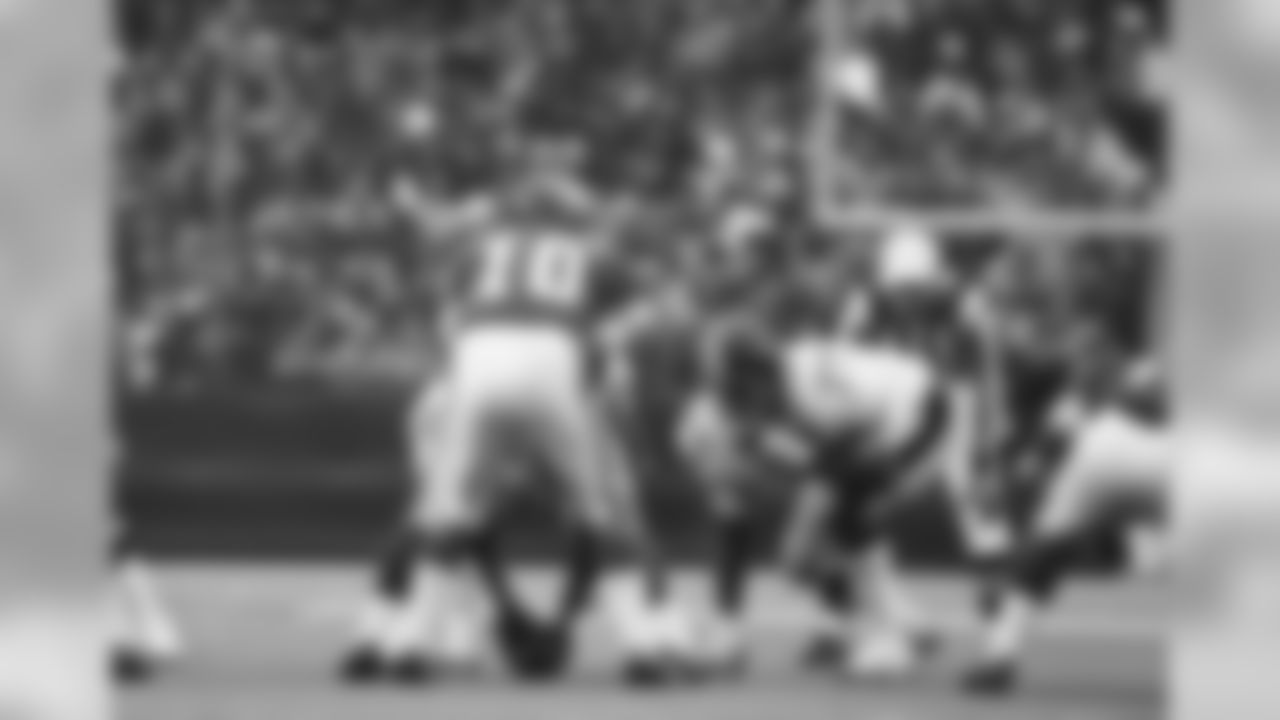
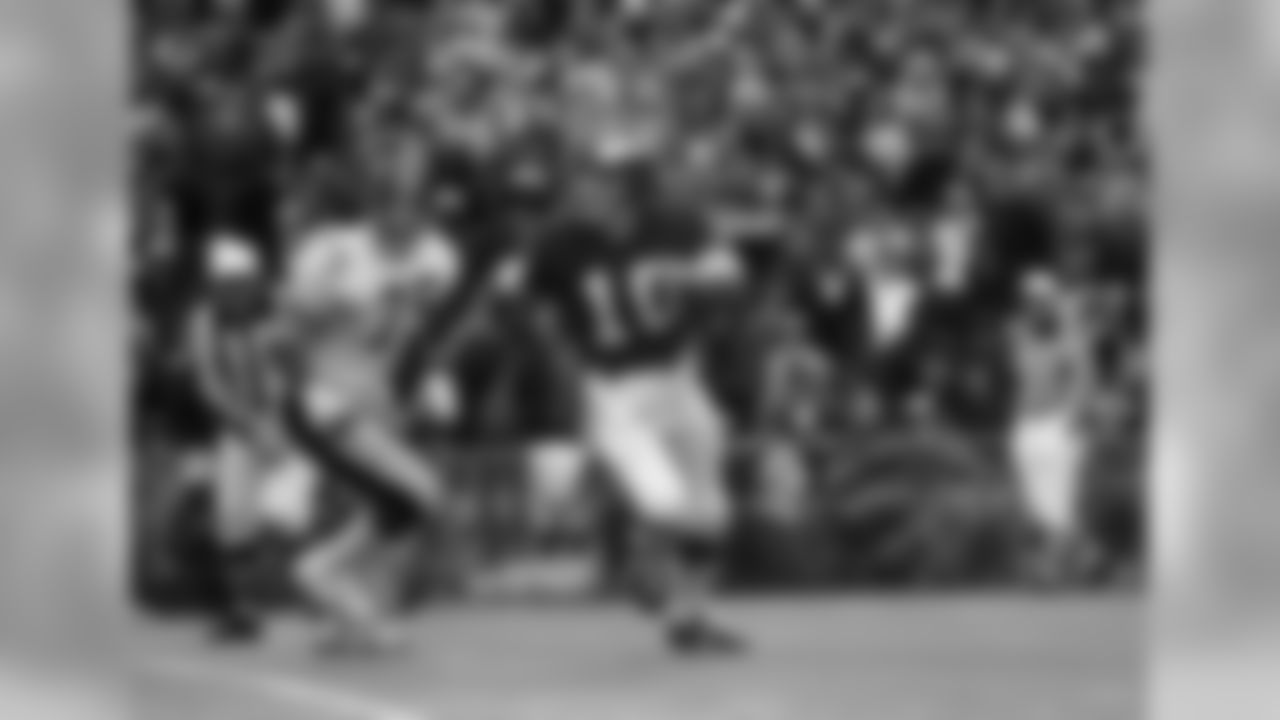
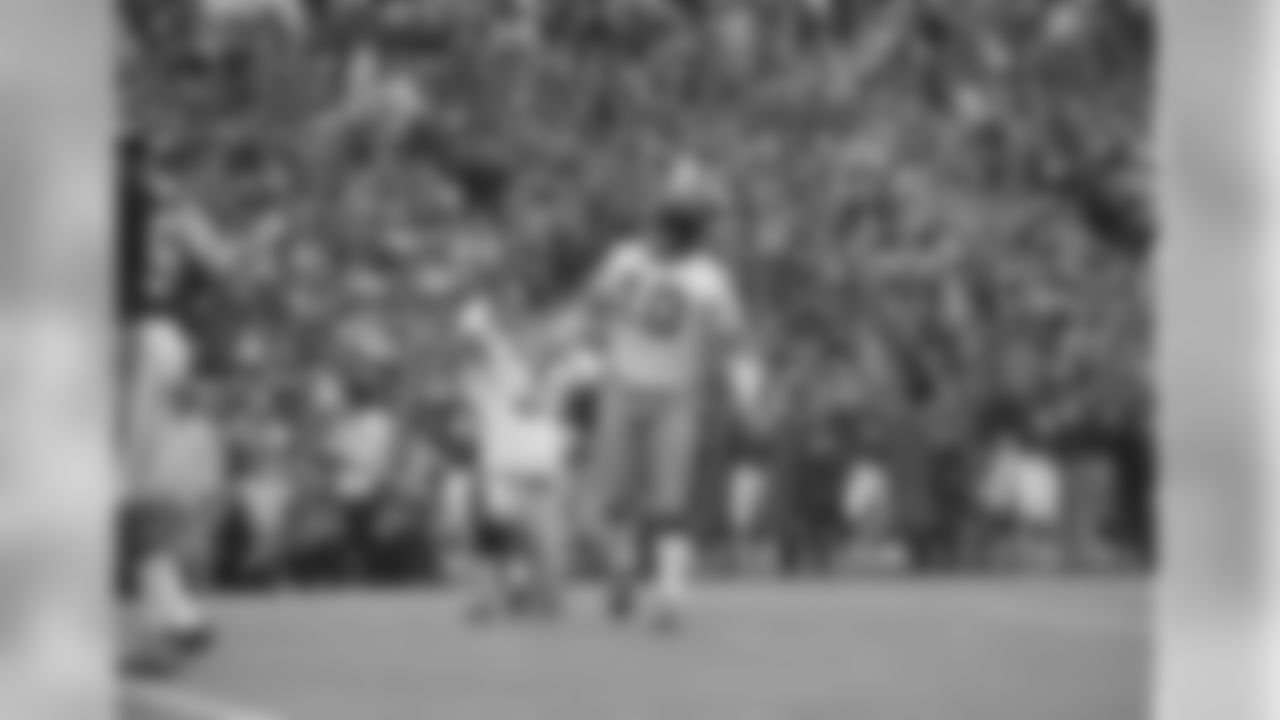
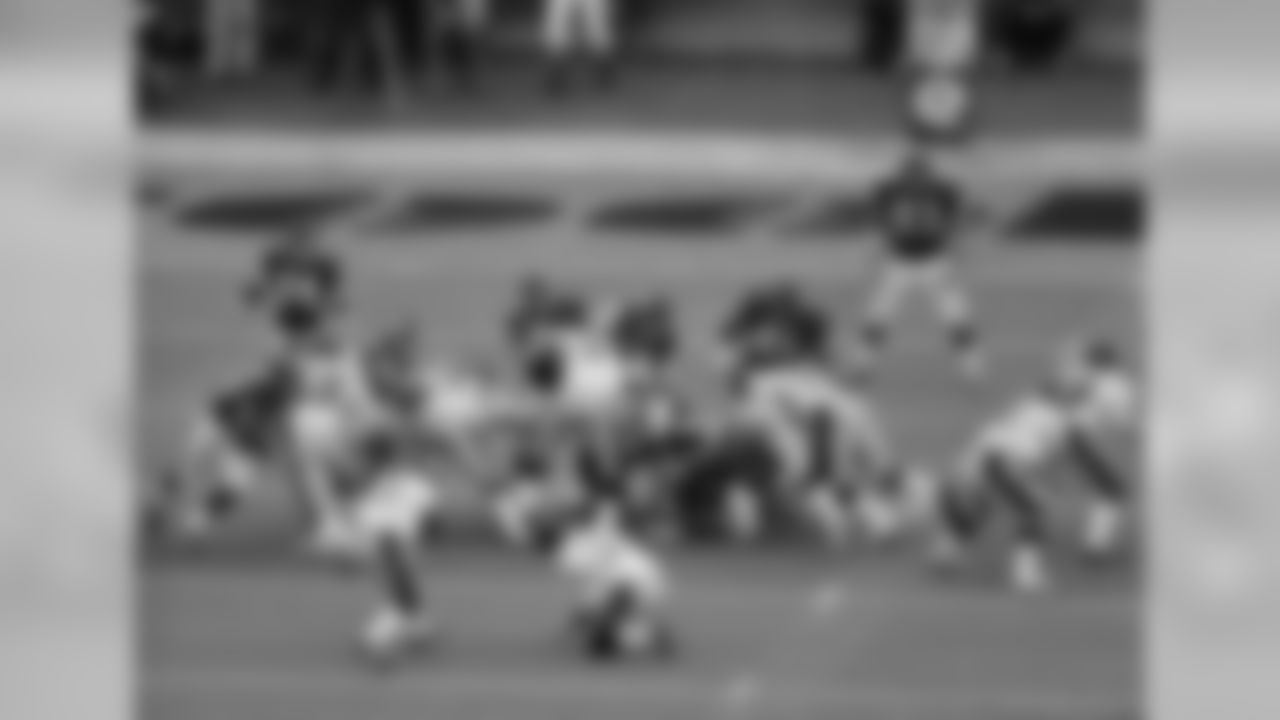
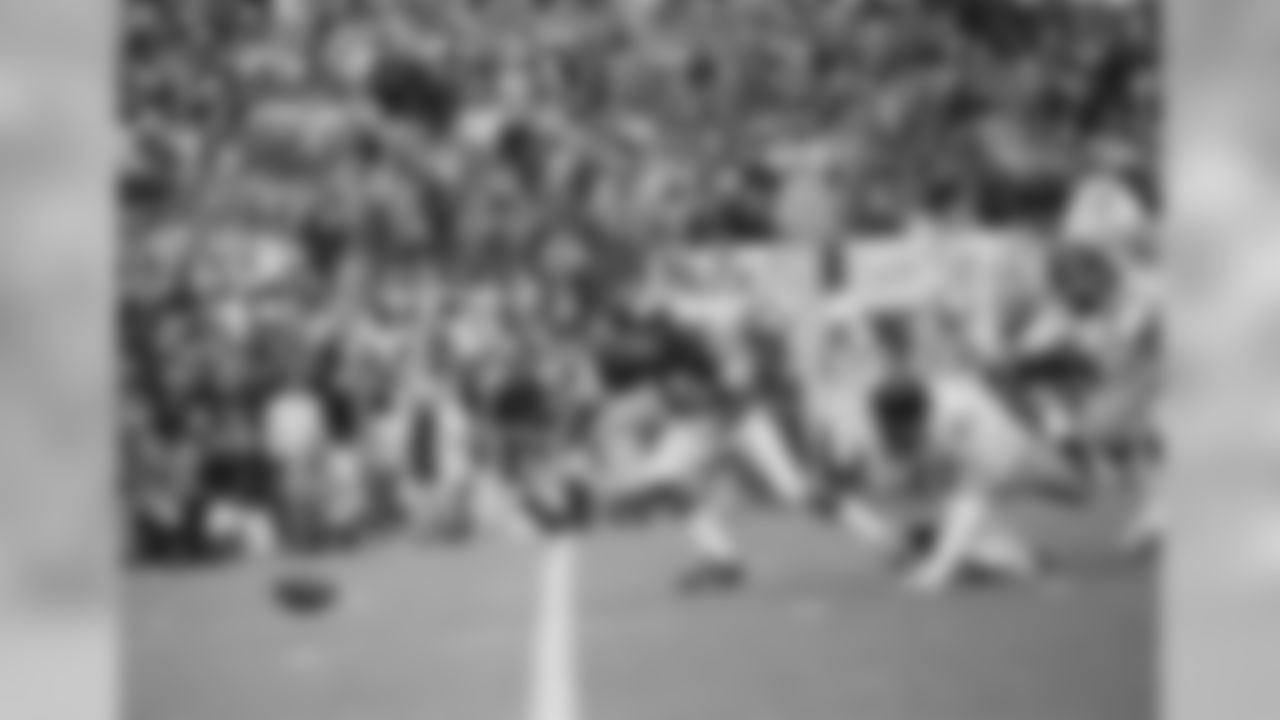
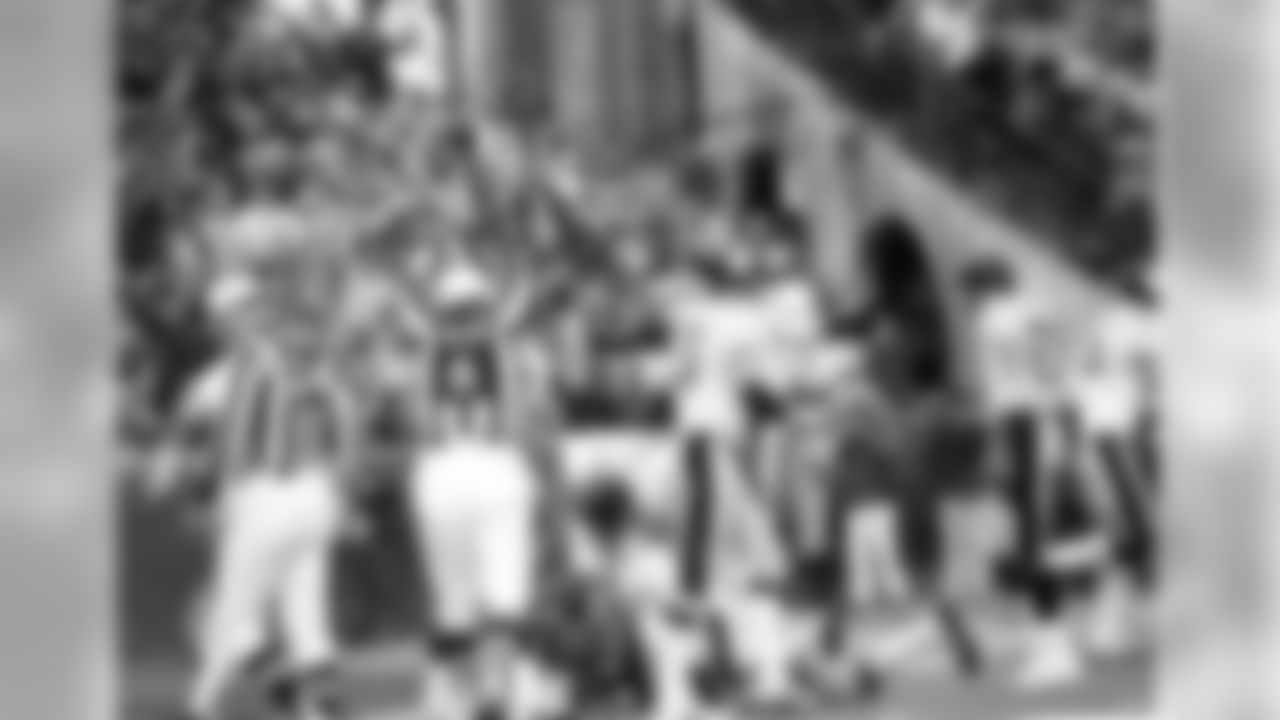
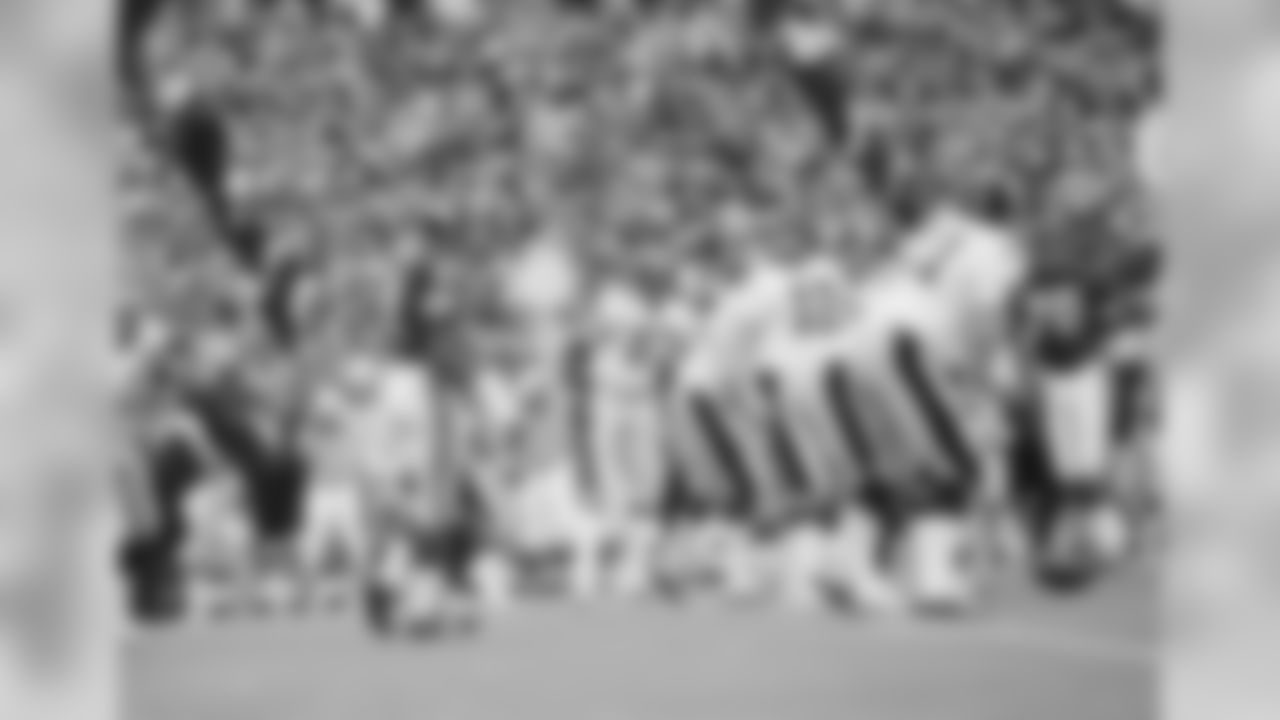

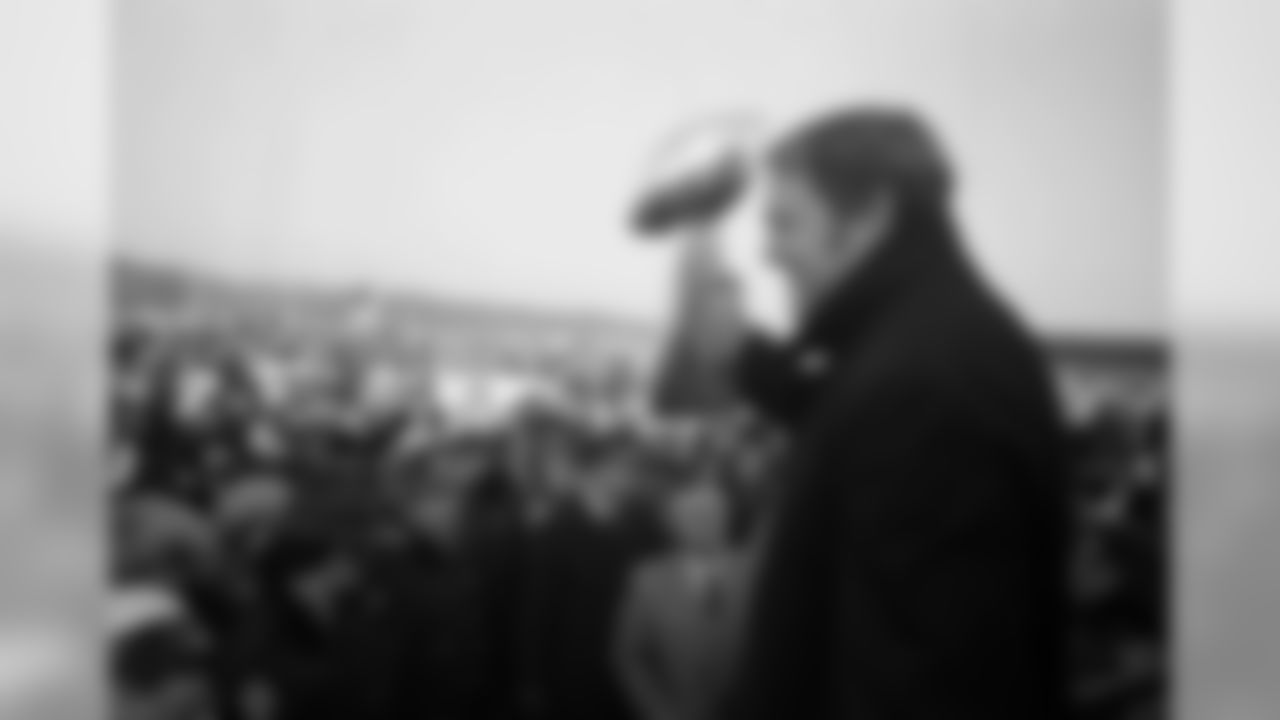
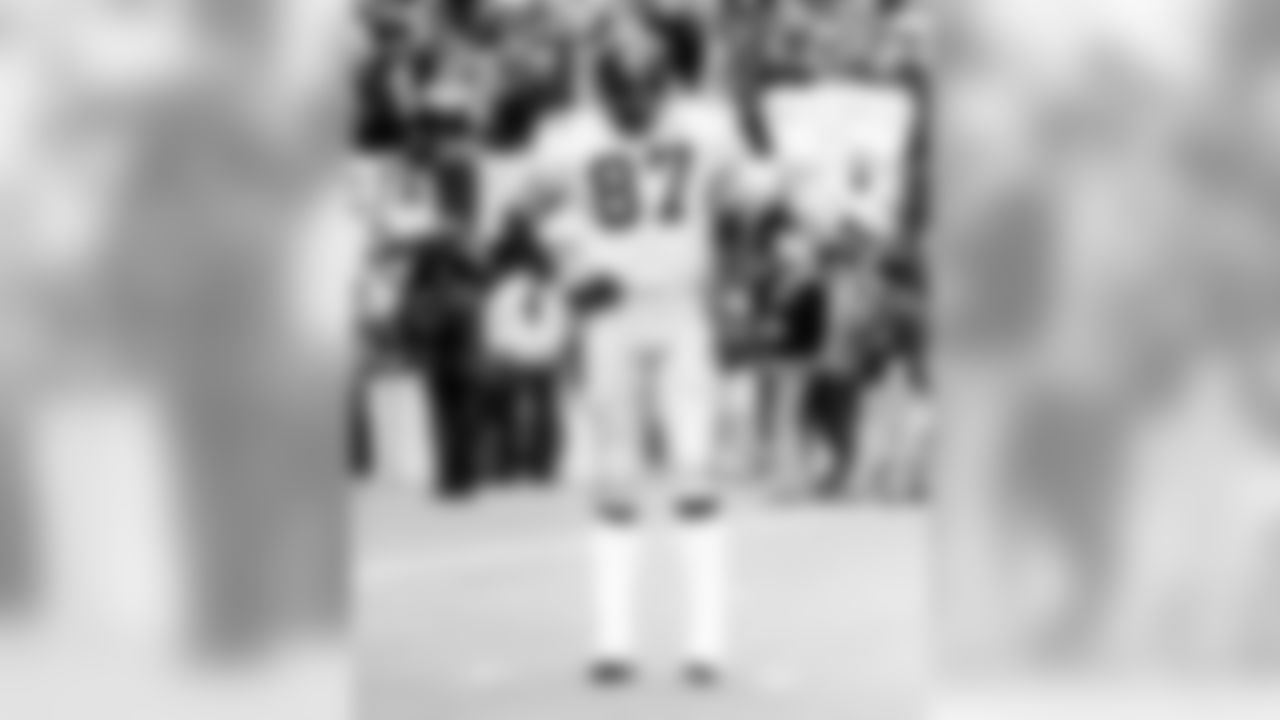
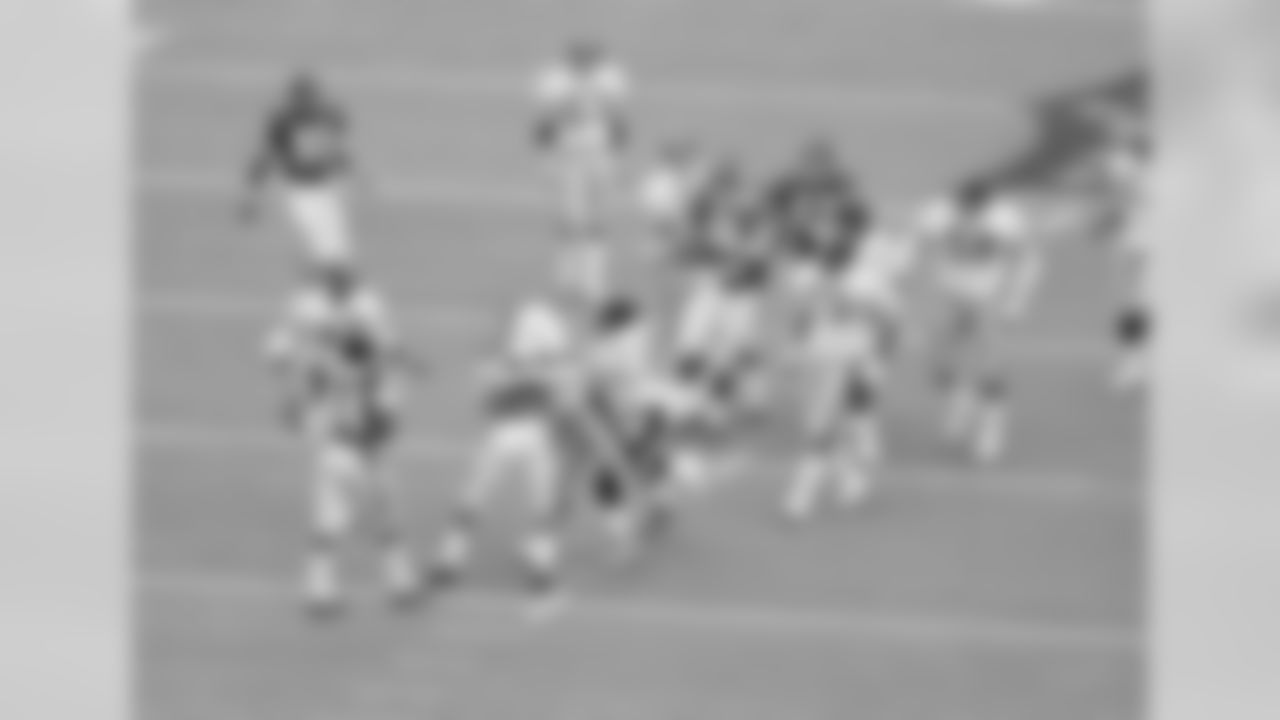
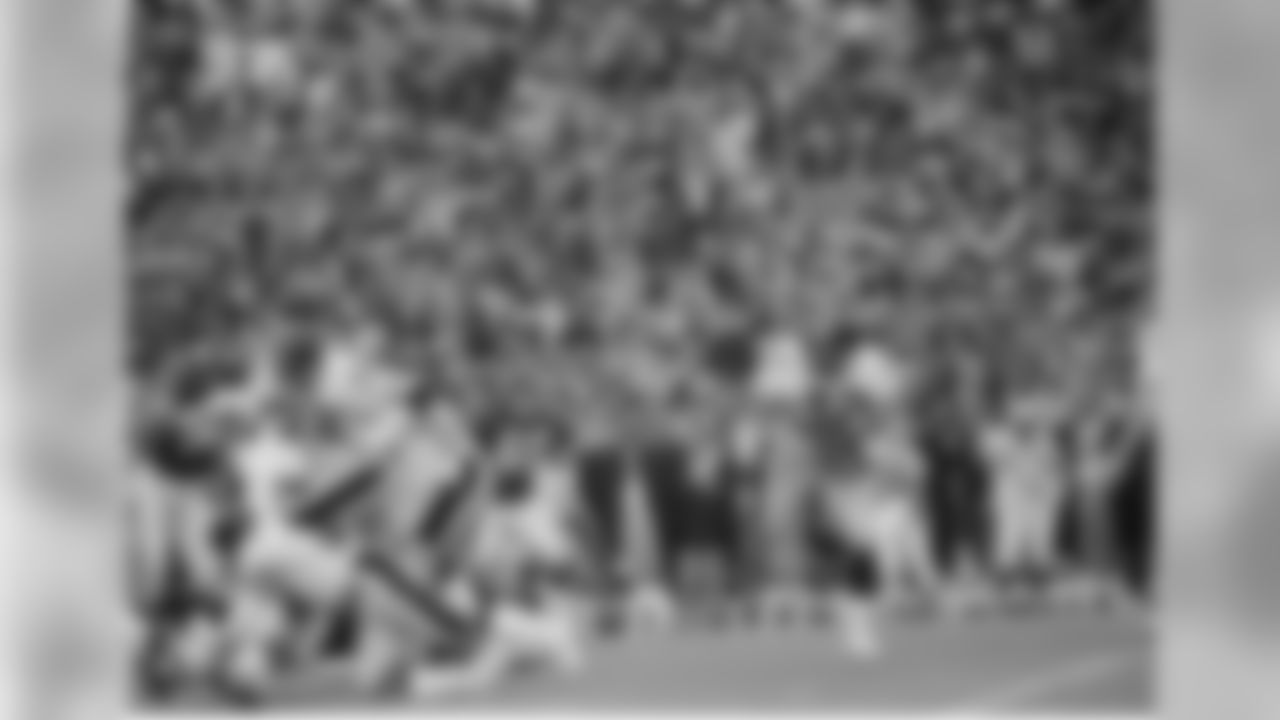
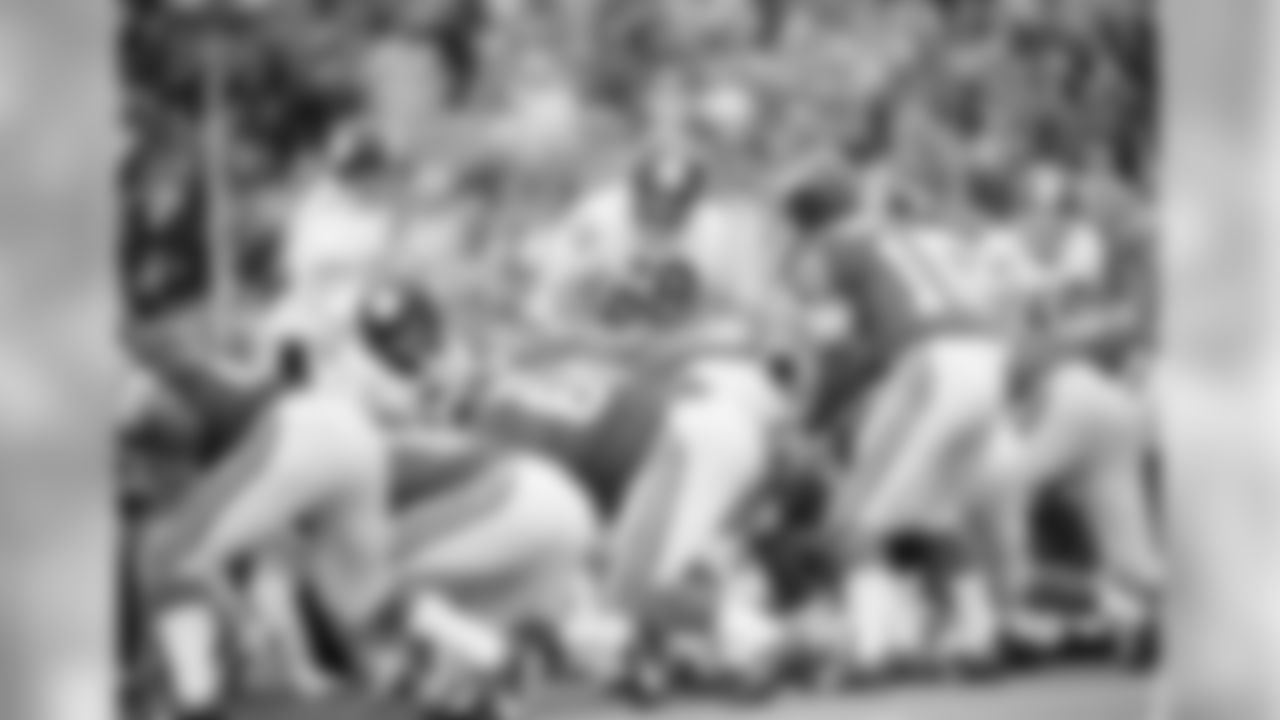
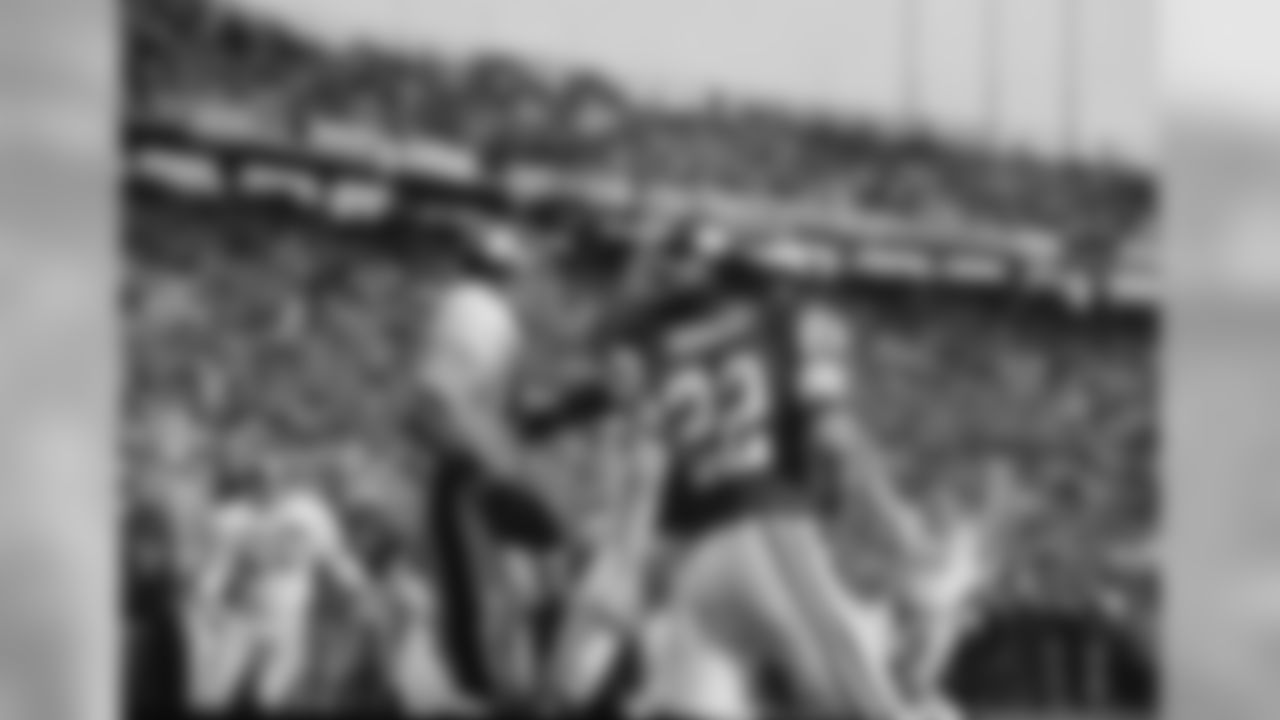
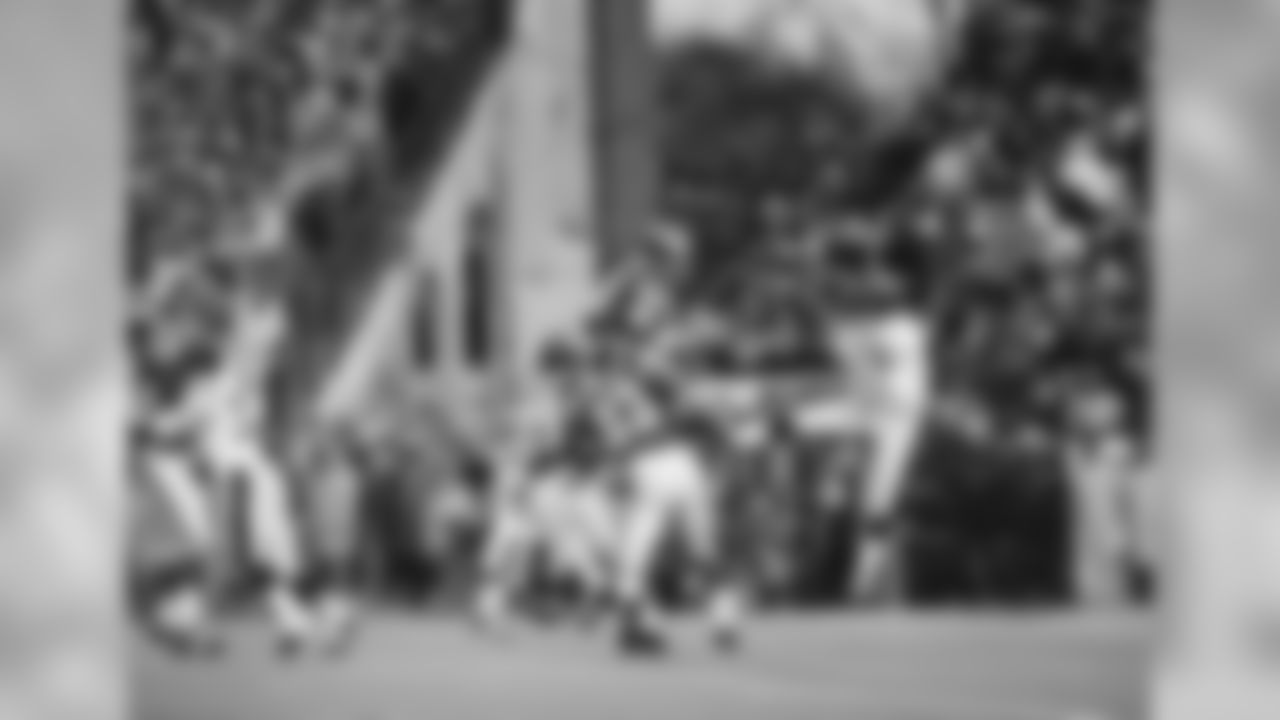
If the offensive line tried to double-team Greene, Holmes often found himself with a free path into the backfield; if the offensive line allocated someone to block Holmes, it was counting on one guy being able to stop Greene's charge. Neither option offered much of a future for the opposing offensive player who ended up with the football.
The first group to get a crack at deciphering this in the playoffs was the Electric Company, as the Buffalo offensive line was known at the time. The Bills line had been christened the previous season when O.J. Simpson rushed for 2,003 yards, and even though ankle and knee injuries had reduced him to just another 1,000-yard rusher in 1974, Simpson still was a force with which the Steelers had to contend.
In 1972, Simpson had gored the Steelers for 189 yards on 22 carries, including a 94-yard sprint for a touchdown, but when the 1974 playoffs began on Dec. 22 at Three Rivers Stadium, this was a different Steelers team, a much better Steelers defense.
"I've had a good feeling about this team all year," said Noll on the eve of the playoffs. "We're capable of running and passing. The improvement of the offensive line has been overlooked. The pass protection has been much better this year. I'd say all of the offensive linemen are having their best years. This team is a good one and will represent the city well."
It was a good team that had the potential to be great because the offense finally had hit a stride where it was capable of complementing a defense that was at the start of a three-season span in which it dominated the rest of the NFL. In the 1974 AFC Divisional Playoffs, O.J. Simpson would manage 49 yards on 15 carries, but the biggest thing to come out of the game was a Steelers offense that rolled up 29 first downs and 235 rushing yards. There was a 26-point explosion in the second quarter to put the game away early, and it was keyed by Bradshaw, who was a magnificently efficient 12-of-19 for 203 yards in the Steelers' 32-14 win.
It was the Bradshaw's fourth start in the playoffs, but the first in which he didn't throw an interception. For the first time all season there wasn't anyone who watched the game who had any doubt as to whom the Steelers' starting quarterback should be. A full season's worth of quarterback controversy ended with a love-fest at Three Rivers Stadium and a spot in the 1974 AFC Championship Game.
"It's always nice to get a hometown cheer like that," said Bradshaw, "but don't forget, I've been on the other end, too. Today, we're all in love."
|
Bills |
|
7 |
0 |
7 |
0 |
|
14 |
|
Steelers |
|
3 |
26 |
0 |
3 |
|
32 |
|
TEAM |
QTR |
PLAY |
|
Pit |
1 |
Gerela 21 FG |
|
Buf |
1 |
Seymour 22 pass from Ferguson (Leypoldt kick) |
|
Pit |
2 |
Bleier 27 pass from Bradshaw (kick failed) |
|
Pit |
2 |
Harris 1 run (Gerela kick) |
|
Pit |
2 |
Harris 4 run (kick failed) |
|
Pit |
2 |
Harris 1 run (Gerela kick) |
|
Buf |
3 |
Simpson 3 pass from Ferguson (Leypoldt kick) |
|
Pit |
4 |
Gerela 22 FG |
|
TEAM STATISTICS | ||
|
|
Buf |
Pit |
|
First Downs |
15 |
29 |
|
Third Downs |
3-11 (27%) |
7-14 (50%) |
|
Total Net Yds |
264 |
438 |
|
Plays-Avg |
47-5.6 |
72-6.1 |
|
Rushing Yds |
100 |
235 |
|
Att-Avg |
21-4.8 |
51-4.6 |
|
Passing Yds |
164 |
203 |
|
Att/Comp/Int |
26-11-0 |
21-12-0 |
|
Punts-Avg |
5-39.4 |
3-38.7 |
|
Penalties-Yds |
3-15 |
2-10 |
|
Fumbles-Lost |
2-1 |
2-0 |







